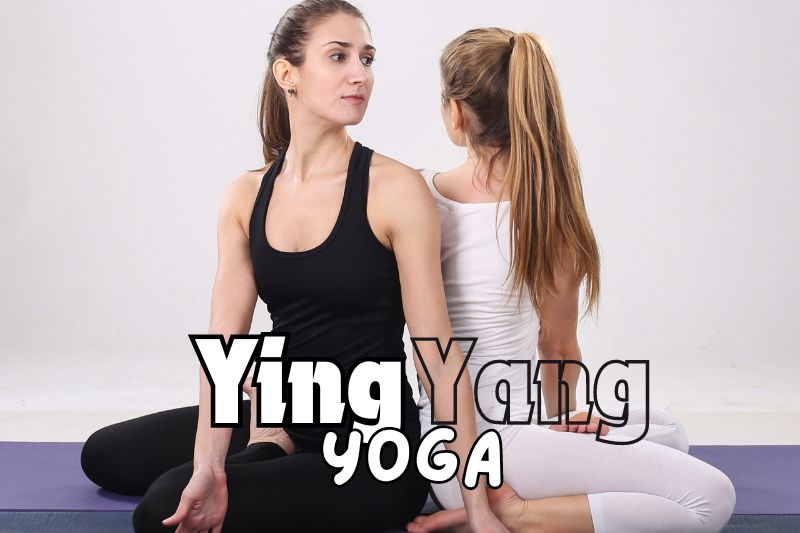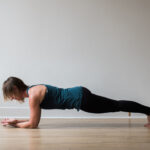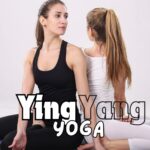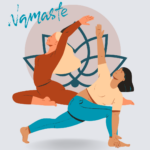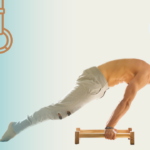Yin and Yang are ancient Chinese philosophical concepts that describe the dual nature of existence. Yang represents activity, heat, and light, while Yin embodies stillness, coolness, and darkness. These principles apply to all aspects of life, including yoga.
In the context of yoga, Yang practices are energetic and strength-building. They involve flowing sequences that increase heart rate, build stamina, and generate heat in the body. Think of Sun Salutations, Warrior poses, and Vinyasa flows—these are quintessential Yang practices.
On the flip side, Yin Yoga focuses on passive, long-held postures that target the connective tissues, such as ligaments, tendons, and fascia. The goal is to enhance flexibility, improve circulation, and promote deep relaxation. Yin poses are typically held for three to five minutes, allowing the practitioner to sink deeper into the stretch and the present moment.
The 15-Minute Yin Yang Yoga Sequence
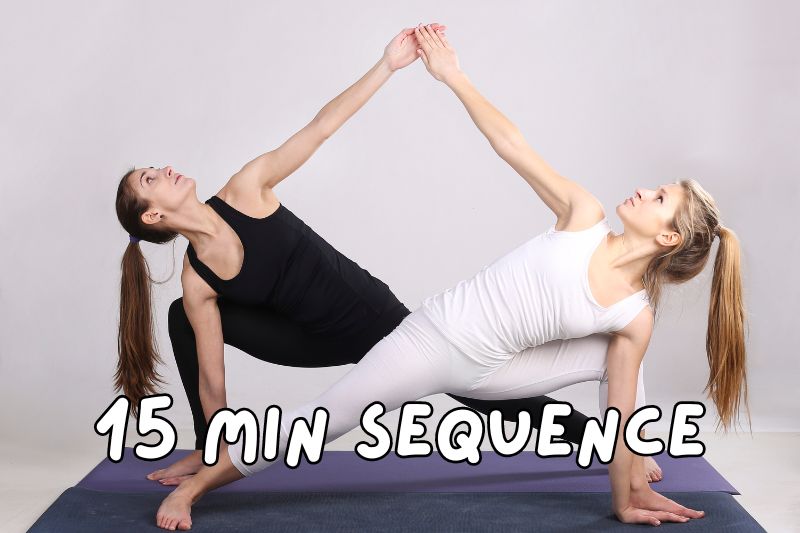
Now that you’re prepared, let’s dive into the sequence. This 15-minute practice is divided into two parts: the first 7 minutes are dedicated to Yang Yoga, and the final 8 minutes focus on Yin Yoga.
Yang Yoga (7 Minutes)
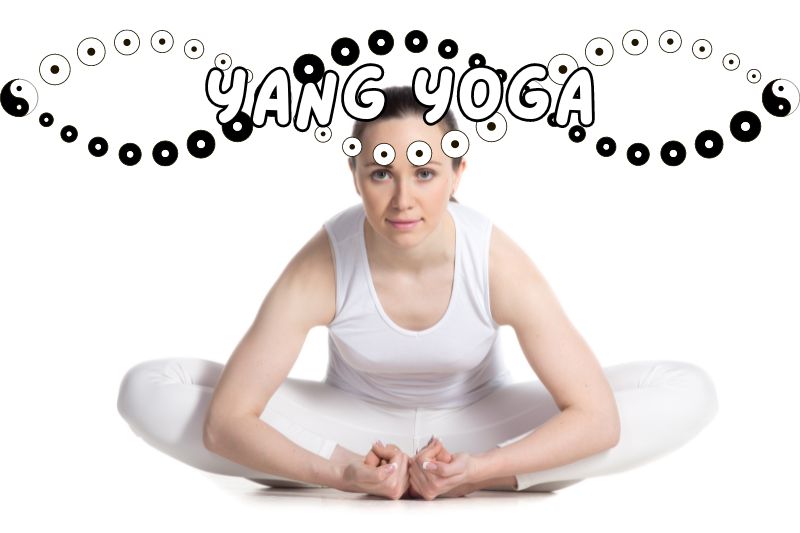
Warm-Up: Cat-Cow Flow (1 Minute)
Begin in a tabletop position with your wrists under your shoulders and knees under your hips. Inhale as you arch your back and lift your head (Cow Pose). Exhale as you round your spine and tuck your chin (Cat Pose). Continue this flow, syncing your movement with your breath. This gentle warm-up prepares the spine and awakens the body.
Sun Salutation A (2 Minutes)
From a standing position (Mountain Pose), inhale and reach your arms overhead. Exhale and fold forward, bringing your hands to the floor (Forward Fold). Inhale to a half lift, extending your spine. Exhale as you step back into Plank Pose, then lower your body to the floor (Chaturanga). Inhale to Cobra Pose, lifting your chest. Exhale to Downward-Facing Dog. Repeat this flow twice to build heat and energize the body.
Warrior II Flow (2 Minutes)
From Downward-Facing Dog, step your right foot forward into a lunge. Spin your back heel down and rise into Warrior II. Hold for a few breaths, then straighten your front leg and reach forward into Triangle Pose. Return to Warrior II and flow between these two poses for one minute. Repeat on the left side.
Chair Pose to Forward Fold (2 Minutes)
Stand tall in Mountain Pose. Inhale as you bend your knees and sink into Chair Pose, reaching your arms overhead. Exhale and fold forward, straightening your legs. Inhale back to Chair Pose, and exhale to Forward Fold. Continue this flow, feeling the burn in your legs and the stretch in your hamstrings.
Yin Yoga (8 Minutes)
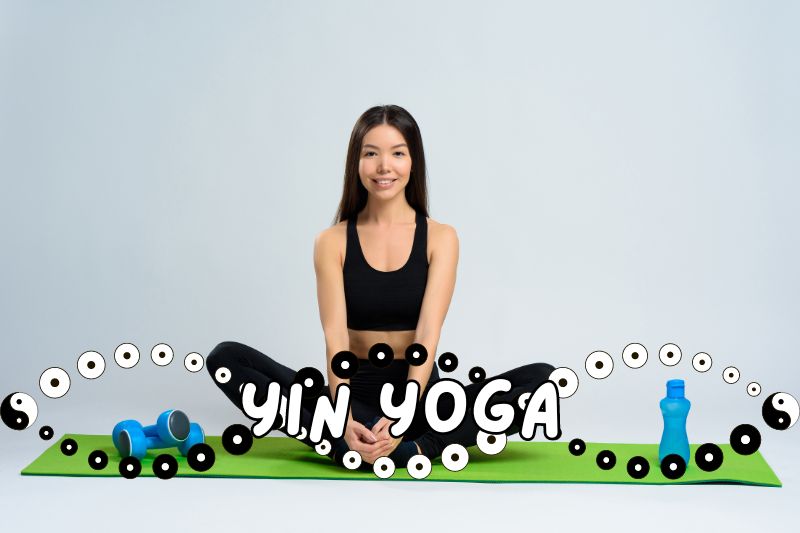
Butterfly Pose (2 Minutes)
Sit on the floor with your feet together and knees out to the sides. Allow your knees to drop towards the floor and gently fold forward over your feet. Hold this pose for two minutes, focusing on releasing tension in your hips and lower back.
Sphinx Pose (2 Minutes)
Lie on your stomach with your forearms on the floor, elbows under your shoulders. Lift your chest and gaze forward, allowing your spine to gently arch. Hold for two minutes, breathing deeply into your belly and chest.
Reclined Twist (2 Minutes per side)
Lie on your back and hug your knees into your chest. Drop your knees to the right and extend your arms out to the sides in a T-shape. Hold this twist for two minutes, then switch to the other side. This pose helps release tension in the spine and lower back.
Savasana (2 Minutes)
Finish your practice with Savasana, the ultimate pose of relaxation. Lie flat on your back with your arms and legs extended. Close your eyes and focus on your breath, allowing your body to absorb the benefits of your practice.
The Science
Yin Yang Yoga isn’t just a blend of two yoga styles—it’s a practice rooted in science and physiology. The combination of dynamic and static poses offers a comprehensive workout that engages both the muscular and connective tissues.
1. Fascia and Connective Tissue
Yin Yoga targets the fascia, a type of connective tissue that surrounds muscles, organs, and bones. When you hold Yin poses for extended periods, you apply gentle stress to the fascia, promoting flexibility and hydration. This is crucial for maintaining a healthy range of motion and preventing injuries.
2. Nervous System Regulation
The alternation between Yang and Yin poses helps regulate the autonomic nervous system. The Yang portion stimulates the sympathetic nervous system, which is responsible for the body’s “fight or flight” response. In contrast, the Yin portion activates the parasympathetic nervous system, which promotes relaxation and recovery. This balance is key to managing stress and promoting overall health.
3. Mind-Body Connection
Yin Yang Yoga also enhances the mind-body connection. The active Yang poses require focus and coordination, helping to strengthen the neural pathways between the brain and muscles. Meanwhile, the introspective nature of Yin poses encourages mindfulness and self-awareness. Together, these elements foster a deeper understanding of your body and its capabilities.
FAQs
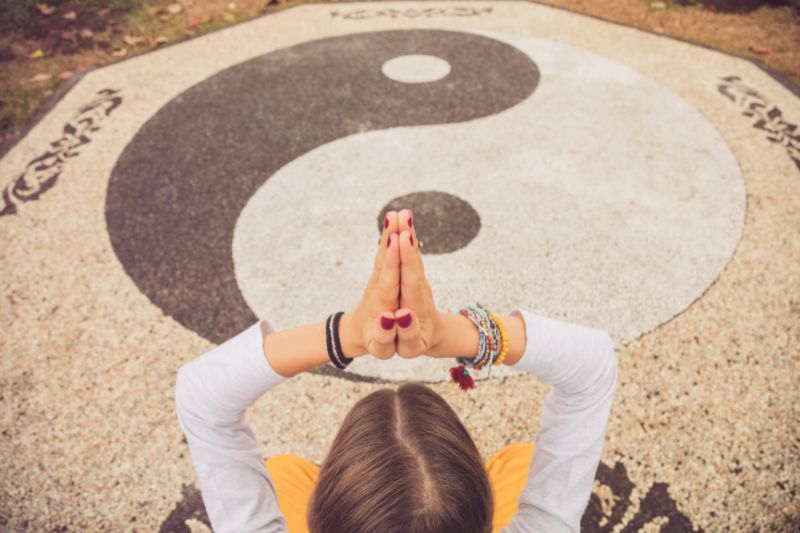 What makes Yin Yang Yoga different from other types of yoga?
What makes Yin Yang Yoga different from other types of yoga?
Yin Yang Yoga is unique because it integrates two contrasting styles—Yin and Yang—into a single practice. Unlike other forms of yoga that focus solely on either dynamic (Yang) or static (Yin) movements, this practice combines both.
The Yang portion is active and energizing, involving strength-building and flow sequences, while the Yin portion is slow and meditative, focusing on deep stretches and relaxation. This balance makes Yin Yang Yoga a well-rounded practice that caters to both physical and mental well-being.
Can I practice Yin Yang Yoga if I have limited flexibility?
Absolutely! Yin Yang Yoga is suitable for all levels, including those with limited flexibility. The Yang portion of the practice helps to gently build strength and mobility over time, while the Yin poses are designed to be accessible and can be modified with props to accommodate your current range of motion. The key is to listen to your body and progress at your own pace.
How often should I practice this 15-minute Yin Yang Yoga sequence to see benefits?
To see noticeable benefits, it’s recommended to practice this 15-minute sequence at least three to four times a week.
Consistency is key in yoga, and by incorporating this routine into your regular schedule, you can expect improvements in flexibility, strength, and mental clarity. However, even practicing it once a week can provide relaxation and stress relief.

